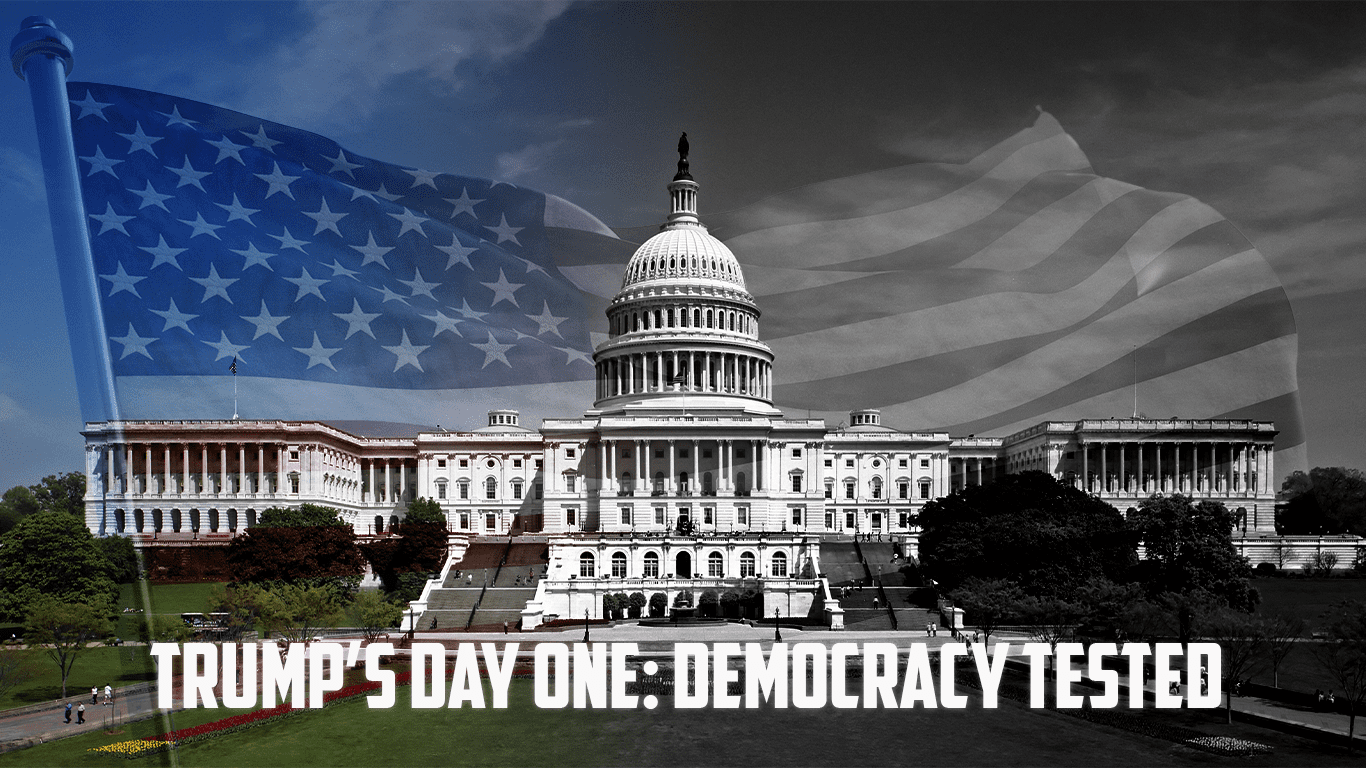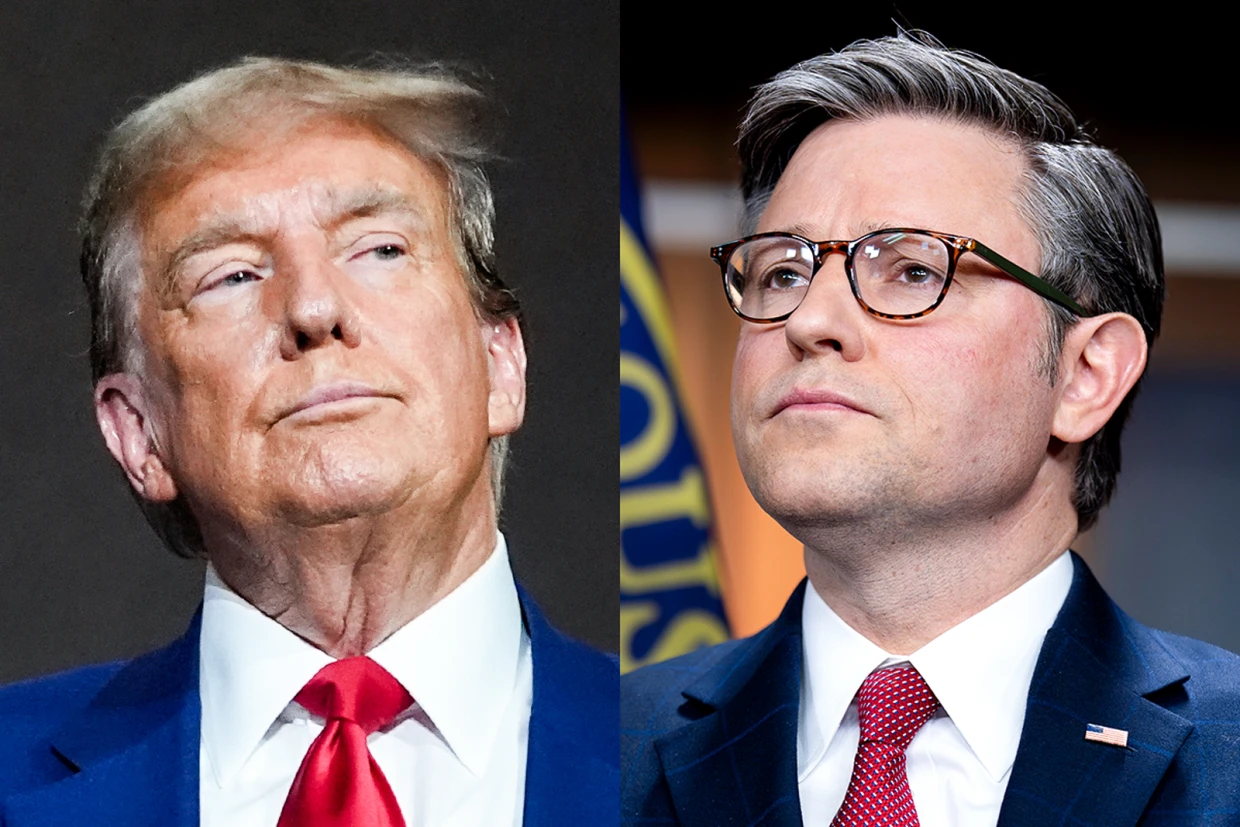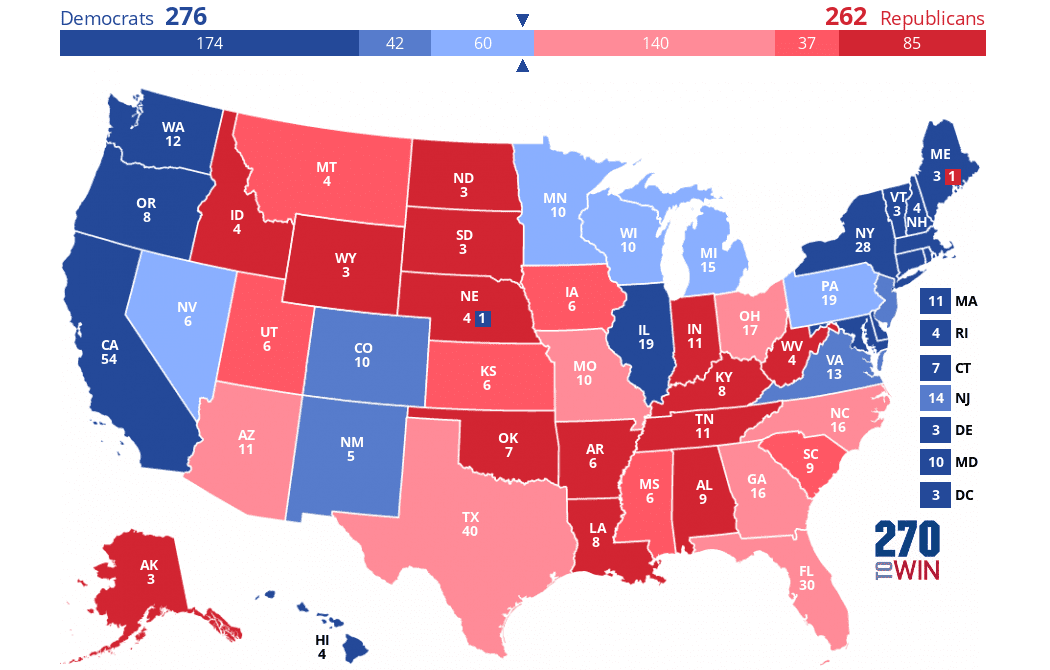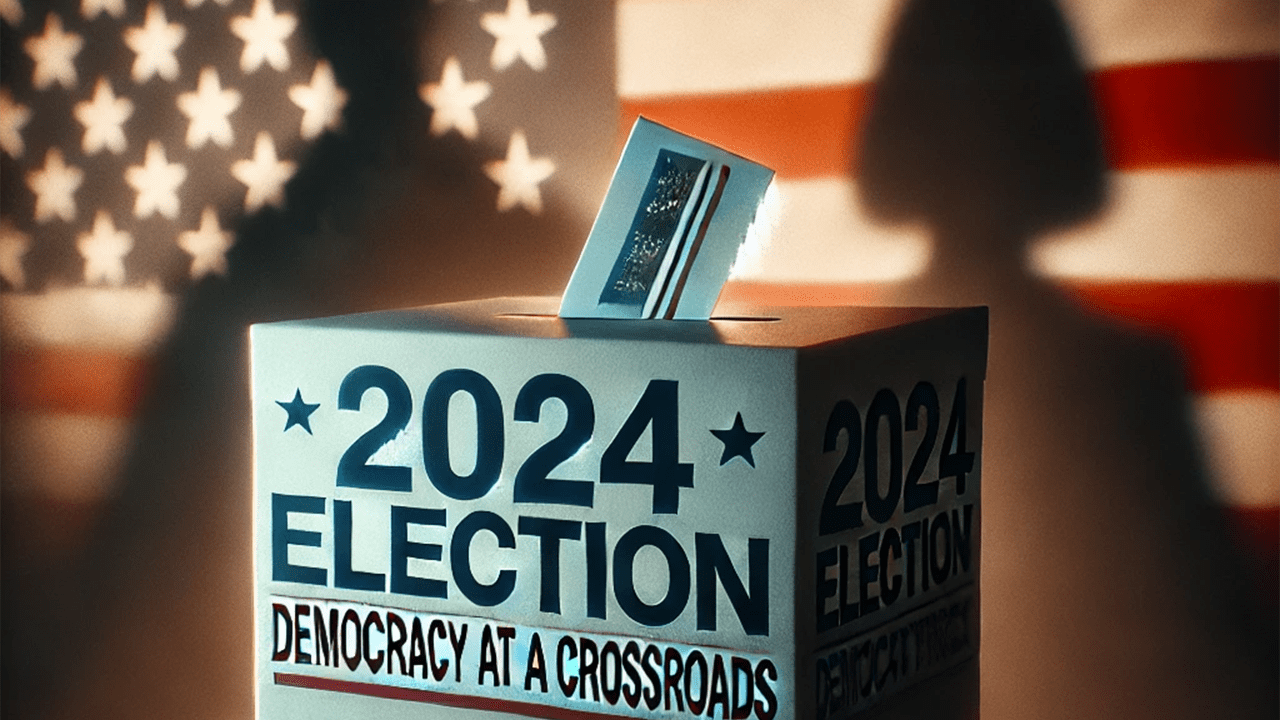How President Trump took a potential landslide victory and transformed it into a landslide loss in just eleven months
Please calm down; President-elect Biden will be inaugurated as President of the United States on January 20, 2021, but hear me out. Looking back to January 1, President Trump was poised to have another landslide victory in November of 2020. The keys to the White House were his to keep, regardless of the Democratic nominee’s identity. President Trump survived the controversy of an impeachment. His constituents believed every word, tweet, or interview on Fox News while his opponents counted the number of lies. By the second week of November, the Trump Campaign had won one of thirty lawsuits, the states were certifying the results and Trump had lost the keys to the White House. In just eleven months, President Trump had given away the Presidency. Here is how that happened.
Beginning of January 2020. President Trump had everything going for him. He was the incumbent without any legitimate challenger for the Republican party nomination for 2020. Despite the yield curve inverting in October 2019, causing several prominent economists to forecast an impending recession, the economy was strong, with very low unemployment rates. Although real GDP growth slowed in the 4th quarter of 2019, it remained positive. President Trump begins 2020 able to claim the lack of a textbook definition recession under his watch.
Across the board, the Trump Administration had a significant effect on public policy. Depending on which side of the aisle you sat on determined if these initiatives were good or bad. In the last three years, with his use of executive powers, the US withdrew from the Paris Accords and the Iran Nuclear Deal partially repealed the Affordable Care Act and terminated DACA. Regardless of whether you agree with the changes, President Trump changed the direction of public policy in the United States, undoing many of the programs and treaty accords from the Obama Administration.
The Administration had a few issues. The US House of Representatives impeached the President, while the Senate acquitted him. One could argue that the international notoriety arising from the withdrawal from the aforementioned treaties, imposing tariffs on friends and foes alike, the interesting relationships with leaders having more dictatorial rather than democratic leanings as failures. This had to do with party affiliation.
Lastly, President Trump maintained a status with followers that almost resembles that of a religious leader. His base would stand for hours and listen to him, mumble along, and walk away as they had been to a revival. The other half of the nation despised him and started to feel the same about his supporters. Three years before, he gathered around 64 million votes, and, at this point in time, nothing suggested he would not do the same in November.
End of January: President Trump was faced with something he never anticipated, a pandemic. The possibility of a pandemic greatly concerned President George W. Bush, and he stood up the Pandemic Planning Office. In 2005, Bush spearheaded the nation’s most comprehensive pandemic plan. President Obama took heed from the words of President Bush who said, “If we wait for a pandemic to appear, it will be too late to prepare. And one day many lives could be needlessly lost because we failed to act today.” Obama took up the mantle and carried it forward, waiting for a global pandemic. President Trump, in contrast, in one of his first actions, dismantled this office and ditched the plan funded and refined by the two previous administrations.
January 23: Reports of a novel coronavirus spreading throughout Asia hit US news sources. National security advisors brief President Trump on the virus and its airborne nature on January 23rd and the 28th. These meetings fell on deaf ears.
Over the next nine months, the tally for COVID deaths would reach 231,000 Americans by election day and was the number one concern of almost every American. However, the President of the United States had not met with the White House Task Force in over five months, was holding face to face rallies in critical states, and talking about COVID numbers and severity in terms of conspiracy theories. He was out of step with the majority of Americans.
The country faced not only a public health crisis but also one of social injustice. On February 23, Ahmaud Arbery, an unarmed 25-year old black male, was fatally shot by two civilians in Georgia. March 13, Breonna Taylor, a 26-year old black EMT, was shot eight times by police officers executing a no-knock search warrant in Louisville, KY. On May 25, 46-year old George Floyd was killed by Minneapolis during an arrest over a $20 counterfeit bill. This was the tipping point for protesting throughout the US. Civil unrest during a pandemic collided with the Trump Administration. Between May and November, most nightly news continued to show riots and protests. In June and August, Rayshard Brooks was killed by Atlanta Police and Jacob Black by Police in Kenosha, Wisconsin. These deaths fueled civil unrest. Over four months, across 23 states, over 17,000 National Guard were activated to respond to protests. During this period, President Trump’s approval rate with his constituents skyrocketed, while it plunged with the moderates and those who opposed him for the last three years.
Back to the pandemic, the death tolls were increasing, and the states were trying to figure out how to deal with the epidemic without leadership from Washington. One of the first steps taken included trying to keep people from going out. Many states put restrictions on restaurants, gyms, and many other service type businesses. April through the election, the economy tanked and entered a recession. In almost all states, individual per capita income was lower than during the previous two administrations. Congress passed a three trillion dollar relief package, but the states were still left to deal with the pandemic alone.
In poll after poll, the President’s approval rating dropped. In most states, definitely in the swing states, the top two issues were the pandemic and racial injustice, the same two topics President Trump avoided at all costs, or at least downplayed.
On August 5, former Vice President Joe Biden accepted the Democratic nomination for President. From August to November, the Biden campaign pointed out the Trump Administration’s failures during the pandemic and vowed to launch a full assault on the pandemic upon taking office. It would be tough to find a political pundit that would state that the Biden Campaign focused on anything other than the pandemic, given that was the number one concern of most Americans. It was not a lousy strategy.
Starting in June, President Trump’s path to the White House was becoming more and more distant. The short-term economy was plummeting; the long term economy was closely following. His job approval rate was significantly lower than his disapproval rate. The National Guard and Law enforcement agencies were busy with civil unrest. His National Policy on coronavirus was impotent. Lastly, even with his constituents, a negative response came more often than a positive response when asked if he was favorable, inspiring, and trustworthy. In a short eleven-month period, the President had taken a sure thing and handed it to whomever the DNC wanted to select as their candidate.









